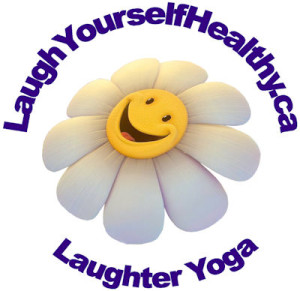Emotional intelligence, (EI) as a term didn’t come into our colloquial speech until around 1990. Despite being a relatively young term, interest in the concept has grown tremendously over the last 20 years.
The ability to regulate emotions is one of the five critical components of emotional intelligence.
According to Daniel Goleman , an American psychologist who helped to popularize emotional intelligence, there are five key elements to it:
- Self-awareness.
- Self-regulation.
- Motivation.
- Empathy
- Social skills.
When I was a child, I had a father who had an explosive temperament. We never knew when he was going to blow. My mother thinks he had Post Traumatic Stress Disorder due to WW2.
My father and mother were good role models, as they taught me right from wrong, sometimes using extreme examples.
When I would get angry, I could see my father in me and that scared me enough to change, especially when I had my first child.
By becoming aware of my triggers I was able to regulate how I handled myself around others.
I also became observant of other people’s behavior.
As I was growing up I had much sympathy for the underdog. Understanding my own plight to survive, I wanted to help others whenever I could.
My father had a wonderful sense of humour, a beautiful smile and a great laugh. He passed onto me my greatest gift, the gift of laughter and empathy.
My mother’s gift, versatility and devotion.
Some people are not so lucky and they remain victims all their lives. Let that not be you!
The following exercises below will hoho hopefully help you to master your emotions so that you can live a joyful, playful, healthy, and peaceful lifestyle.
It’s been a long journey, and the destination is right here, right NOW!
With much love and laughter blessings,
Kathryn
Part One
Definition: Emotional Intelligence or the ability to recognize, understand and manage our own emotions and recognize, understand and influence emotions of others.
17 Simple Exercises to Master Emotional Intelligence
Exercises for Self-Awareness
- Why do you do the things that you do?
Consciously monitor the things that you’re doing and start asking yourself why are you doing them. Is it for you, for someone else, what’s the purpose, is this the most important thing you need to be doing right now?
Make a “recent situation list” of everything you do in a day and write down why you do it. This will help you identify what’s most important and whether you are spending your time with it. It’ll help you learn to focus and better know yourself.
Laughter Yoga helps you to become more aware, calm and creative, thereby helping you to manage your emotions in a much more positive way.
- Visit your values
In line with the above, if you notice that you’re doing things for the wrong reasons and especially when these things take up most of your time, something is definitely not going right as it’s outside of your beliefs.
Again, list your values and deep beliefs and then compare those with your “recent situations list” that you already have from exercise one. Where are the discrepancies and why? This too will help you to focus and become more calm.
- Reflect on how you feel right now
To get to know what you feel, you need to take the time to understand and reflect on it. We barely ever do that.
An easy way to do it is to write it down by naming the emotion, if not at the very moment, at least later by trying to bring it back. So is it anger, joy, sadness, agitation etc.?
Laughter is a form of meditation. When you’re laughing you are in the NOW, in the moment. In the moment is when our emotions become clear.
- Make a list of your daily emotions
Building up on the above that focuses on the NOW, it’s useful to take a bit more time and reflect on what you’ve felt during the day in order to get to know yourself better.
So in the evening, have an emotions journal and break each page into two columns: the left one is for your emotions where you list them by the hour, the right one is for the context that surrounded that emotion.
Once you’ve listed all emotions, start to compare and analyze them. What’s the ratio of positive vs negative emotions? Which emotions dominate and what causes them? What are their triggers?
This will allow you to see where emotions come from exactly in order to work on changing their triggers and reducing negative emotions by stopping them from arising. After writing down each emotion, reflect in the moment where that may have derived from or where it originated from. You can always laugh to help reduce the emotion from becoming more toxic to your mental & emotional state of mind.
“Be free, live now. Give hope, show how. Share love, take care. Stand tall, play fair. Know right from wrong. Be happy, live long.”
~ Mike Dooley
My wish for you!
Kathryn
Look for part two in my next newsletter.
